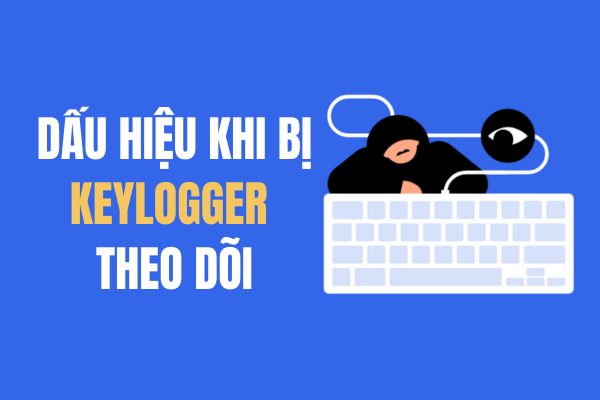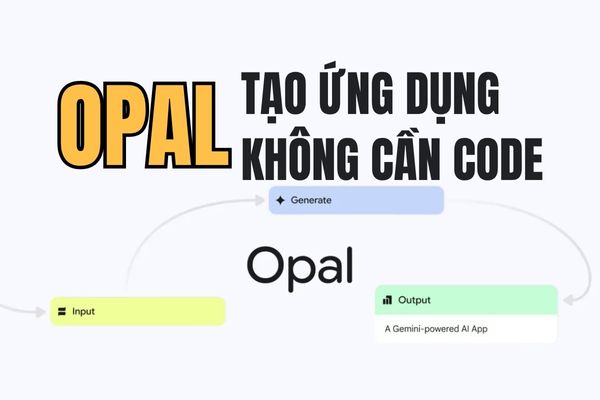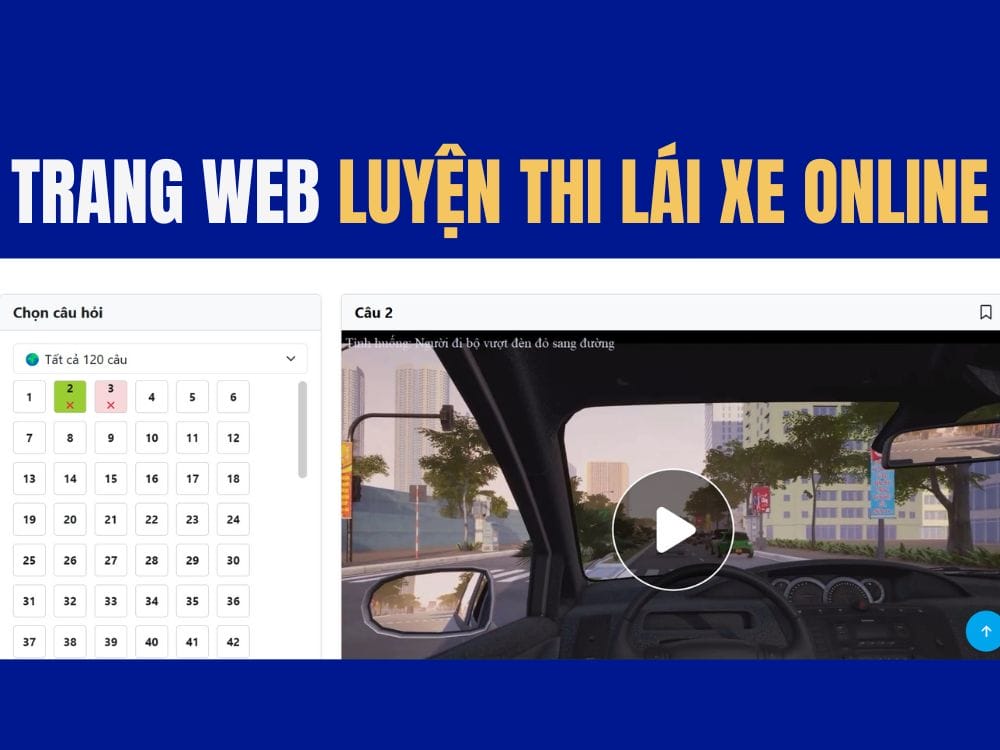What is Python?
- Python is a high-level, interpreted, object-oriented, and general-purpose programming language.
- Design philosophy: easy-to-read, easy-to-write code, concise syntax, clear structure, suitable for building different types of applications of different sizes.
- Features: easy to read code, easy to learn; intuitive layout, easy to understand; object-oriented programming, functional programming, procedural (multiple programming); Few keywords, simple structure; extensive standard library, compatible and integrated with UNIX, Windows and Macintosh; interpreted language, easy debugging; support GUI programming, open source, can integrate with other programming languages.
Below are some basic programming exercises on data import and export, basic calculations to help you get acquainted and better understand Python programming operations. Any questions, please comment below.
| Join the channel Telegram of the AnonyViet 👉 Link 👈 |
Note: The purpose of the article is to introduce and support teaching students or beginners who want to familiarize themselves with and learn the Python programming language, so the commands and content are simple and easy to understand. read.
References:
- Textbook “Self-learning basic Python programming” (2019); Vu Hai Quan, Cao Xuan Nam, Hoang Trung Hieu, Nguyen Hai Trieu, Vong Chi Tai; Artificial Intelligence Laboratory (AILab), University of Natural Sciences (VNU-HCM); Publishing House of the National University of Ho Chi Minh City. Ho Chi Minh.
- Learning material “Python Programming Basics” (2017); Informatics Center, University of Natural Sciences, Ho Chi Minh City.
Lesson 1. Write a program to record the input from the keyboard and output it to the screen for memorization.

Note:
– Input command: used to enter data.
– Print command: print out the desired content on the screen.
Lesson 2. Write a program to output HELLO to the screen.

Note:
– Sign \n: cursor line.
Lesson 3. Write a simple calculation program.

Material compiled by youLe Tuan Thuan.











